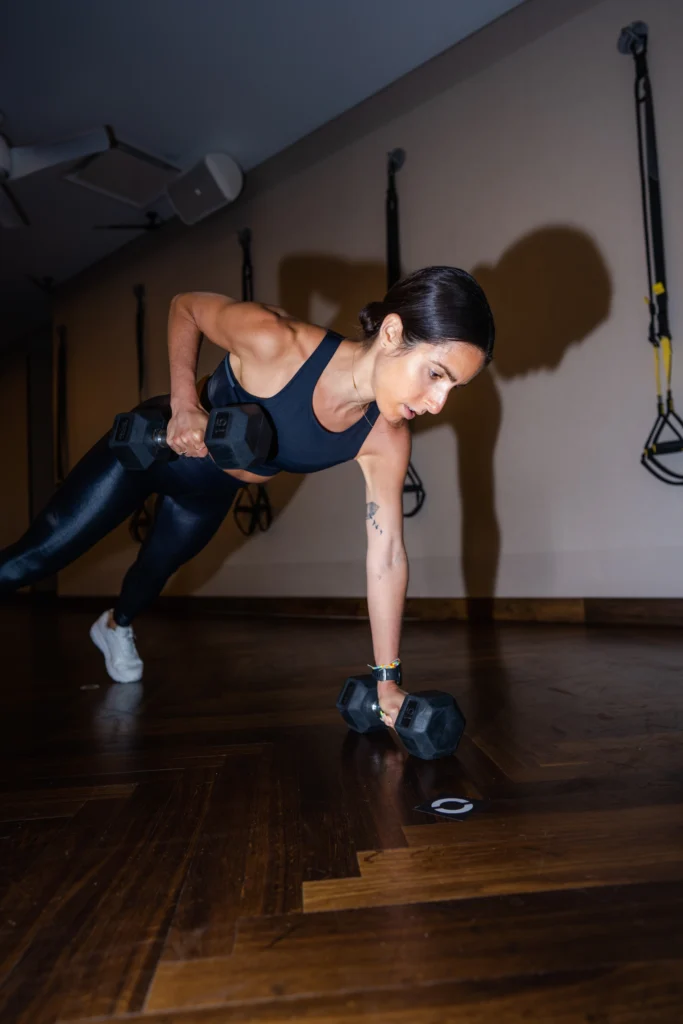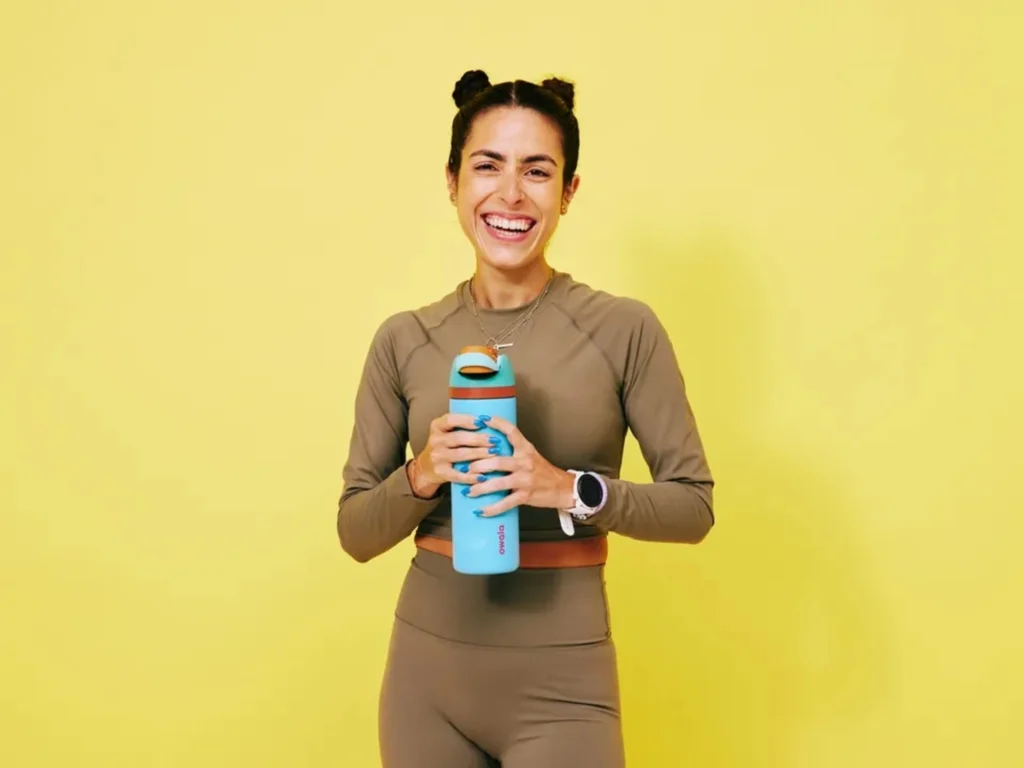Katz spoke with ATN about the trends she’s noticing as a coach at one of the world’s top fitness and wellness brands. She also shares advice for fit pros looking to make an impact in a rapidly evolving gym environment
Attending one of Amanda Katz’s group fitness classes at Equinox will lead to a lot of laughing, sweating and real talk.
She prides herself on the community she’s created among her indoor cycling, treadmill running and total body conditioning classes, where she’s not afraid to call out someone for checking their phone during a workout, or encourage someone else to pick up heavier weights, knowing they are capable.
After over seven years at one of New York City’s top fitness destinations — in addition to being a personal strength and run coach — Katz has observed the shifting trends and dynamics in the group fitness world. She shared with Athletech News how Equinox is adapting to those trends, what has changed since she first started and how instructors can — and should — cultivate trusting relationships with their athletes.
Katz’s Top 3 Group Fitness Trends
Pilates, “heated everything” and hybrid-style training are taking over group fitness, according to Katz.
While Katz has seen Pilates and yoga skyrocket in popularity in recent years, they’ve always been staples at Equinox, especially in heated formats.
“What I think is wise about this brand is that they have not leaned into heated with weights, and that’s because there’s no real benefit other than it feels hard,” she told Athletech News.
As for the Hyrox-oriented gymgoers, Katz is observing that crowd increasingly drawn to circuit-based classes or intense cardio workouts. And Equinox is hoping to appeal to that crowd with new formats like a weighted vest treadmill running class.
“They’re trying to formalize some of these formats, which would feed into that hybrid athlete, Hyrox athlete,” she explained.
The Rise of Phones & Influencer Culture
One of the most noticeable shifts in the Equinox atmosphere is the presence of phones, Katz said.
“There have always been people who are on their phones between sets — which people need to take breaks if they’re working hard when they’re lifting — but it’s the amount of time, I think (that’s changed),” Katz noted.
“When somebody is on the stretch mat and they’re and they’re on the phone for like, 15, 20 minutes, I don’t know that that is recovery or we’ve just grown so accustomed to picking up that screen and getting that hit,” she explained.
While some members scroll on the mat — or make the mistake of picking up their phones during one of Katz’s cycling classes — others are mounting their devices on tripods throughout the gym, she’s noticed. Some are trying to record their form, she acknowledges, while an increasing number are recording content for social media.
“When it becomes something that is impacting the space and another person’s experience, that’s when I would call it into question,” Katz remarked.
Women Are Embracing Strength Training
Phones have certainly changed the gym environment, but it’s unclear if it’s for the better or worse. But a positive shift that Katz has noticed is who is in the gym more, and what they’re choosing to do.
“I love that I’m seeing more and more women in my strength training classes,” Katz said.

In those sessions, she notices the room is about 60 to 70% women now. And while group fitness has always been skewed more towards women, she notes, it seems that more of those women are shifting away from cardio and towards lifting weights.
Equinox’s members are reflecting a larger trend of strength training’s soaring popularity. Total strength training equipment sales jumped 181% between 2012 and 2022, while big-box gyms like Planet Fitness and Crunch Fitness have upped their weightlifting setups and machines to match the demand.
Women’s strength training is having its own boom as well; Chris Hemsworth-founded fitness brand Centr just launched a women’s strength program led by trainer Alex Silver-Fagan, while Pvolve and Jennifer Aniston created a “longevity bundle” focused on building strength.
The Crucial Instructor-Athlete Relationship
While Katz is thrilled that more people are picking up weights — especially with the growing number of hybrid athletes — she believes in challenging what she sees as damaging aesthetic-driven narratives as the trend continues. She thinks it’s one of the most important roles an instructor can have as they build relationships with athletes they coach.
Among women especially, Katz notices many struggle to pick up heavier weights out of fear of getting hurt or becoming too bulky.
“I think that women have fears, just like anyone else, getting hurt, body changes — ‘Is my body going to change in the way that I want?’” she told ATN. Many women are intimidated to pick up anything above 10 pounds, she added, even though they are often regularly carrying more weight in their day-to-day lives.
As Katz works to build the confidence of the athletes she works with, she also tries to shift away from the physical appearance-focused conversations that often dominate the fitness space.
“When I’m convincing somebody that lifting weights is going to be beneficial, I kind of remove aesthetics from the conversation completely, and I’m leaning into fitness for health.”
That’s because many of Katz’s attendees are over 40, when strength training is more crucial than ever.
“Their muscle mass and their bone health are critically important to keep them upright, moving away from osteoporosis and sarcopenia, as well as all the other conditions that come with the aging process,” she said.
In encouraging people to lift for health and injury prevention over aesthetics, Katz implores all fitness instructors to create a space where people feel safe and build a relationship with them that has their best interests in mind.
“It’s already an intimidating enough space,” she says of the gym floor and group fitness classes. “It’s about meeting a human where they’re at.”
Part of having a client’s best interests at heart, Katz pointed out, is ultimately helping members build a healthy relationship with fitness. That means taking days off, not making classes too inaccessible (or painful), and finding balance as to not overdo it, whether it’s weights, cardio or a mix of both.
“There has to be a dialogue that the instructor, trainer (or) coach is comfortable having with their athlete,” she said.



